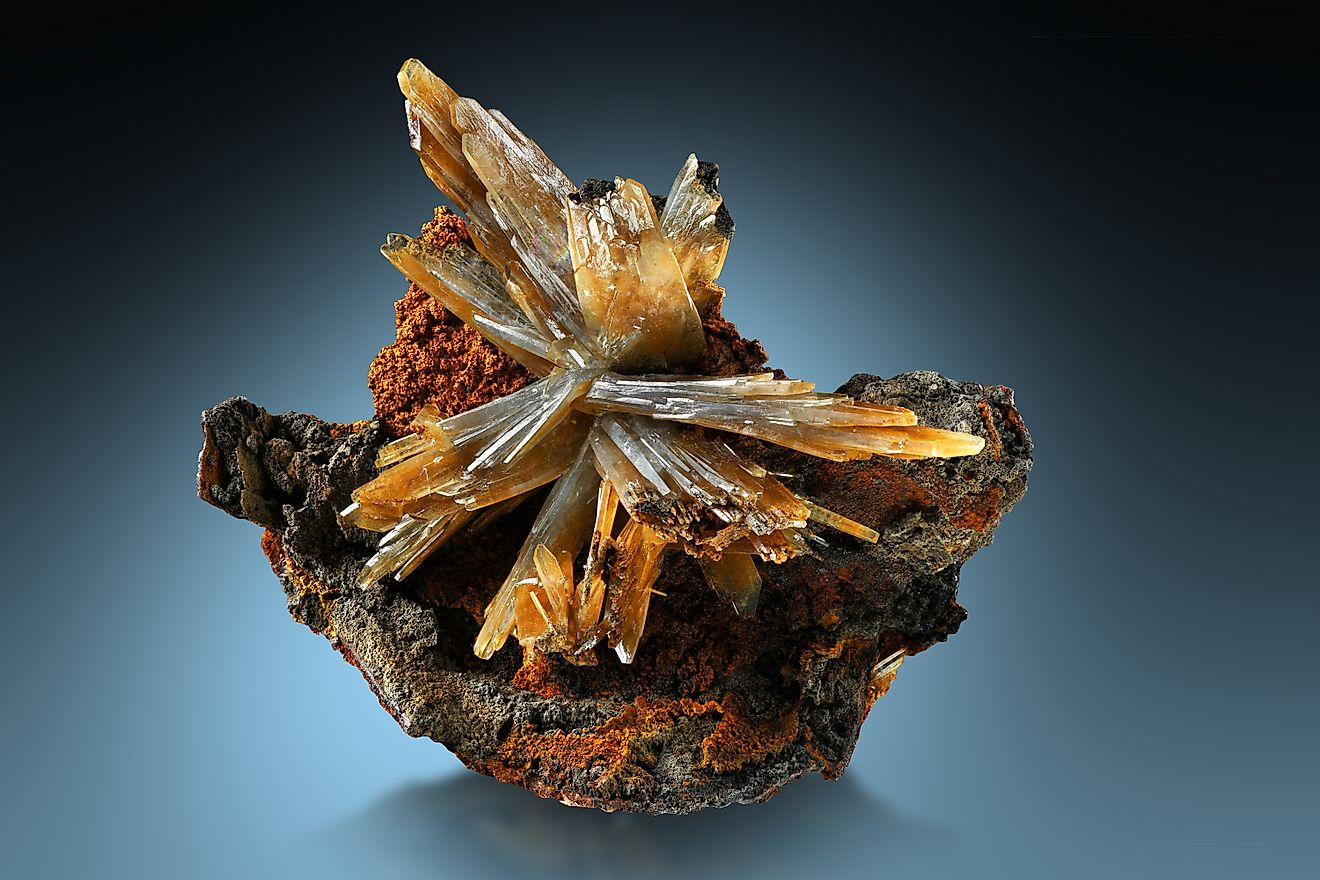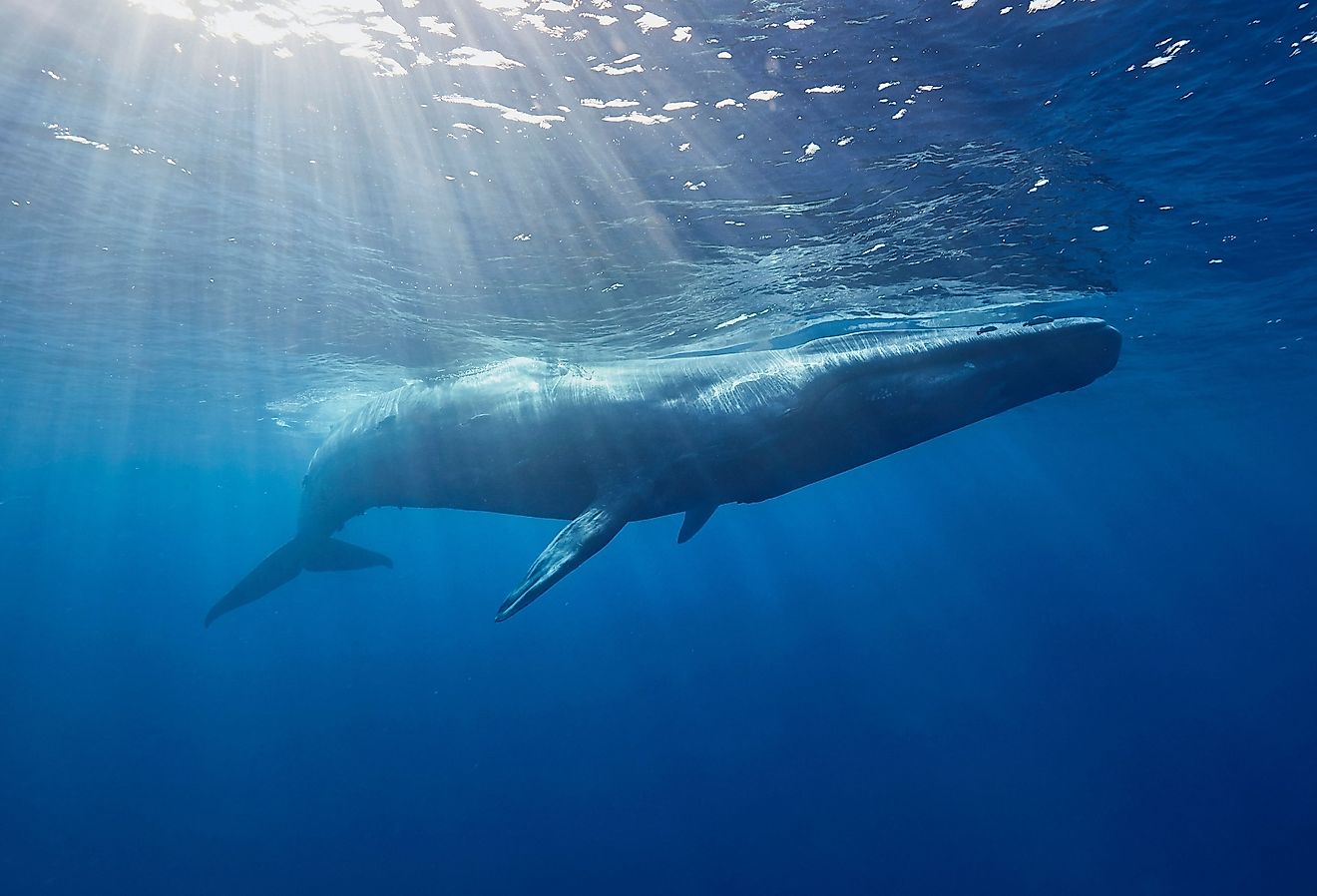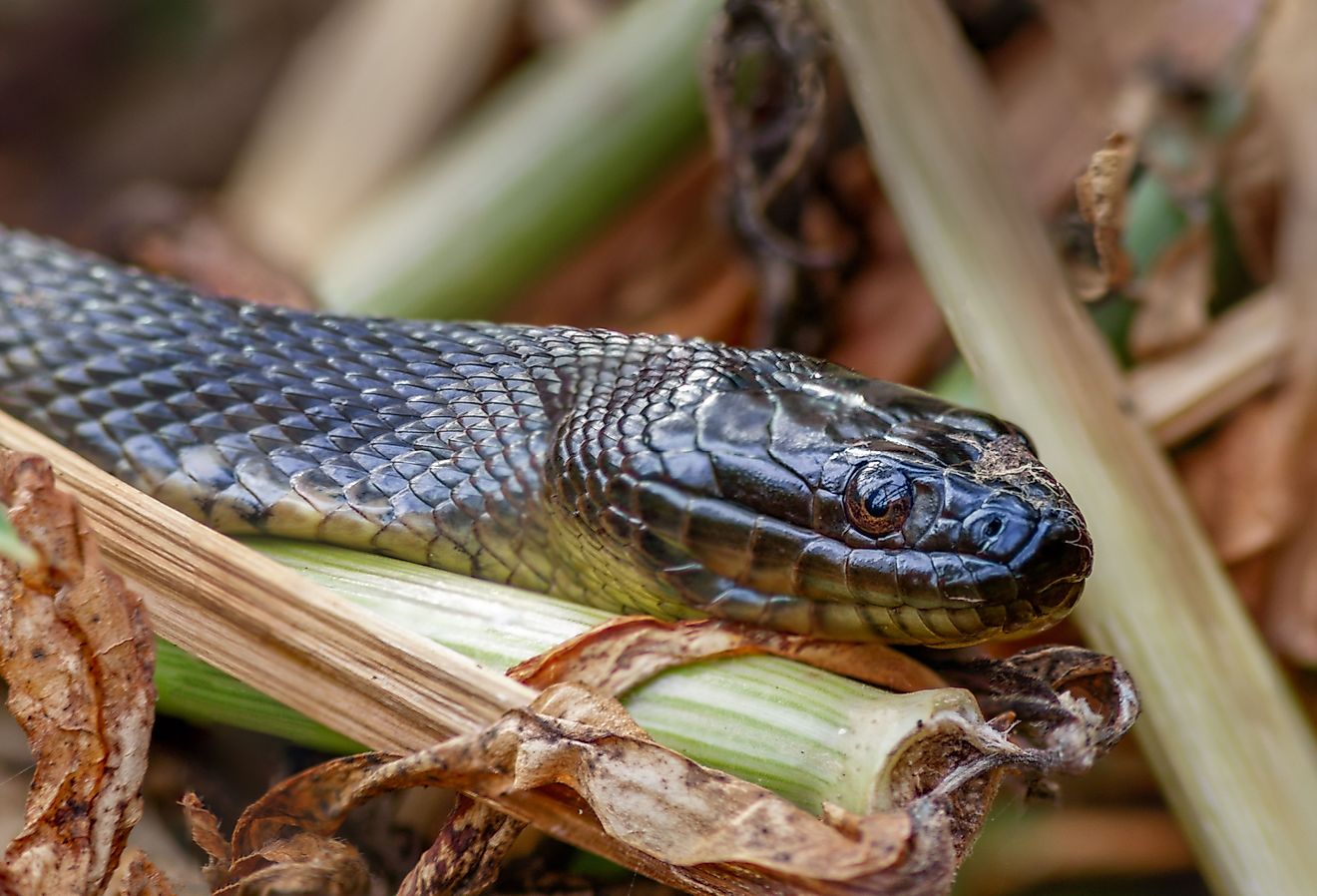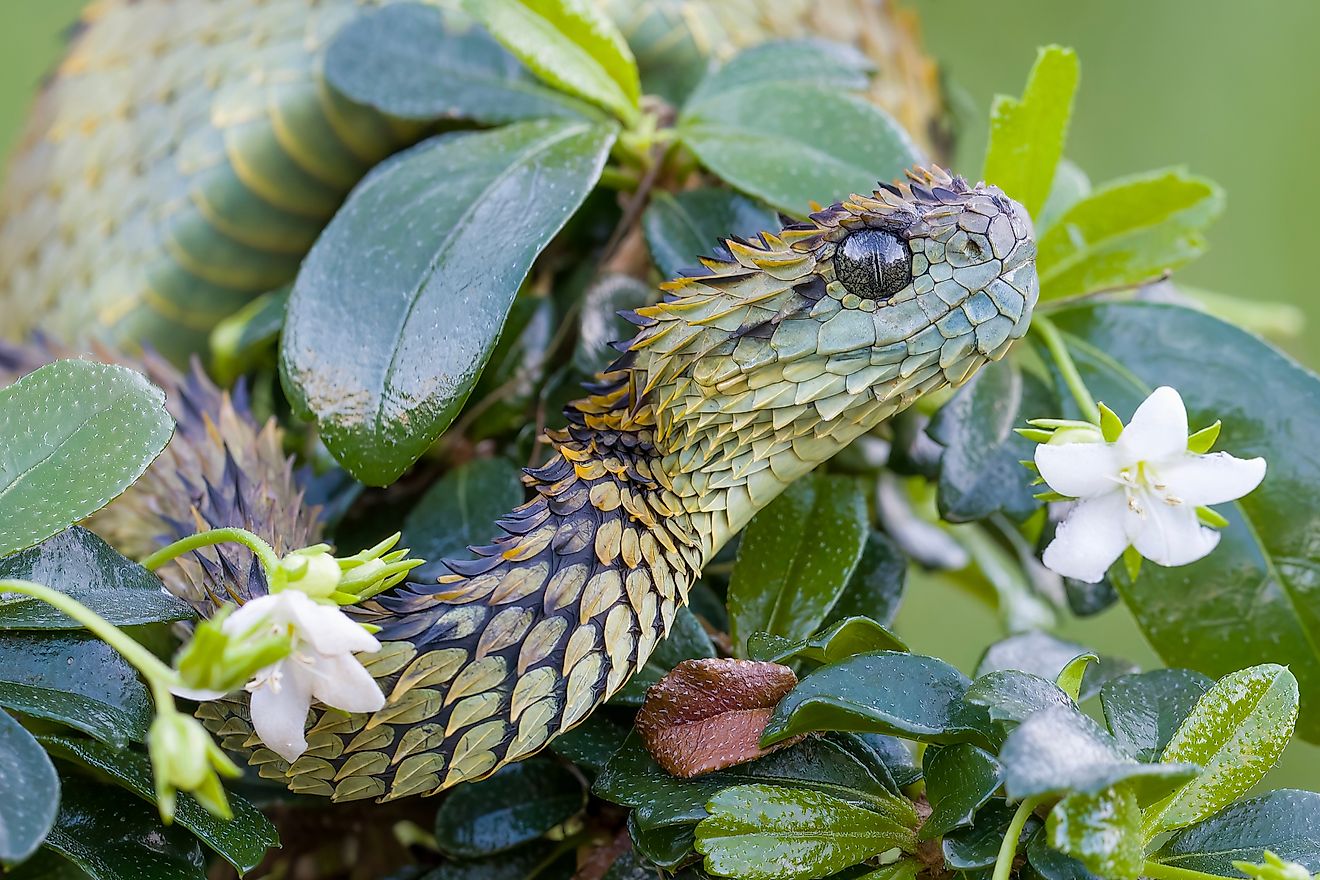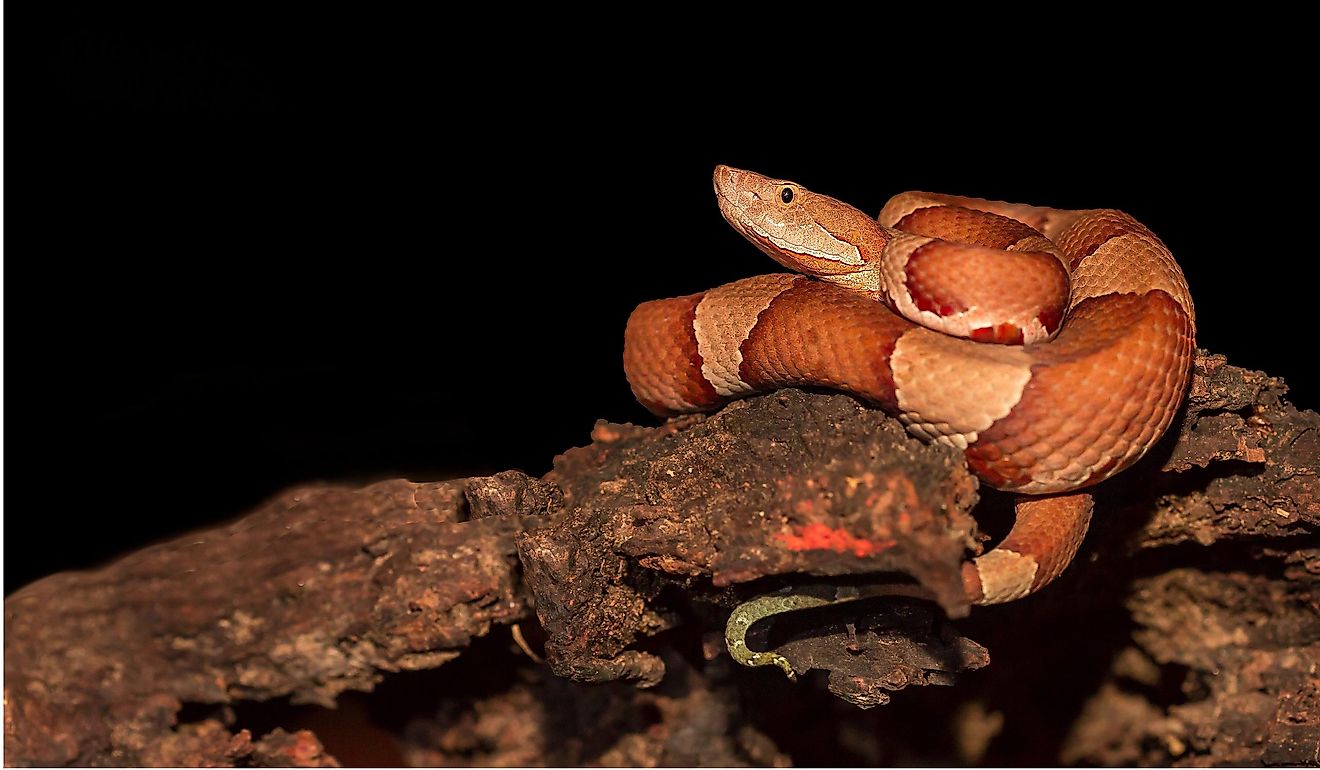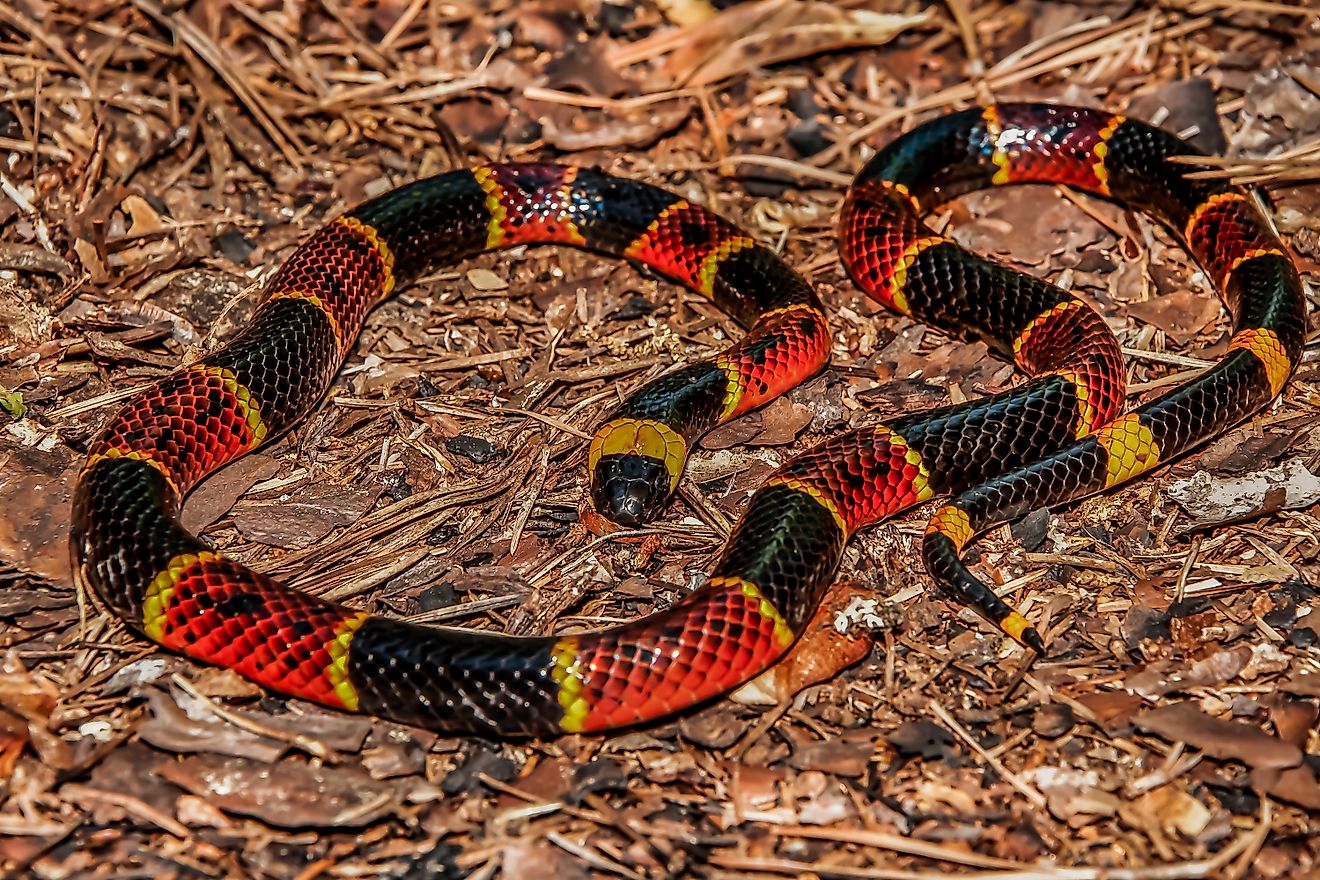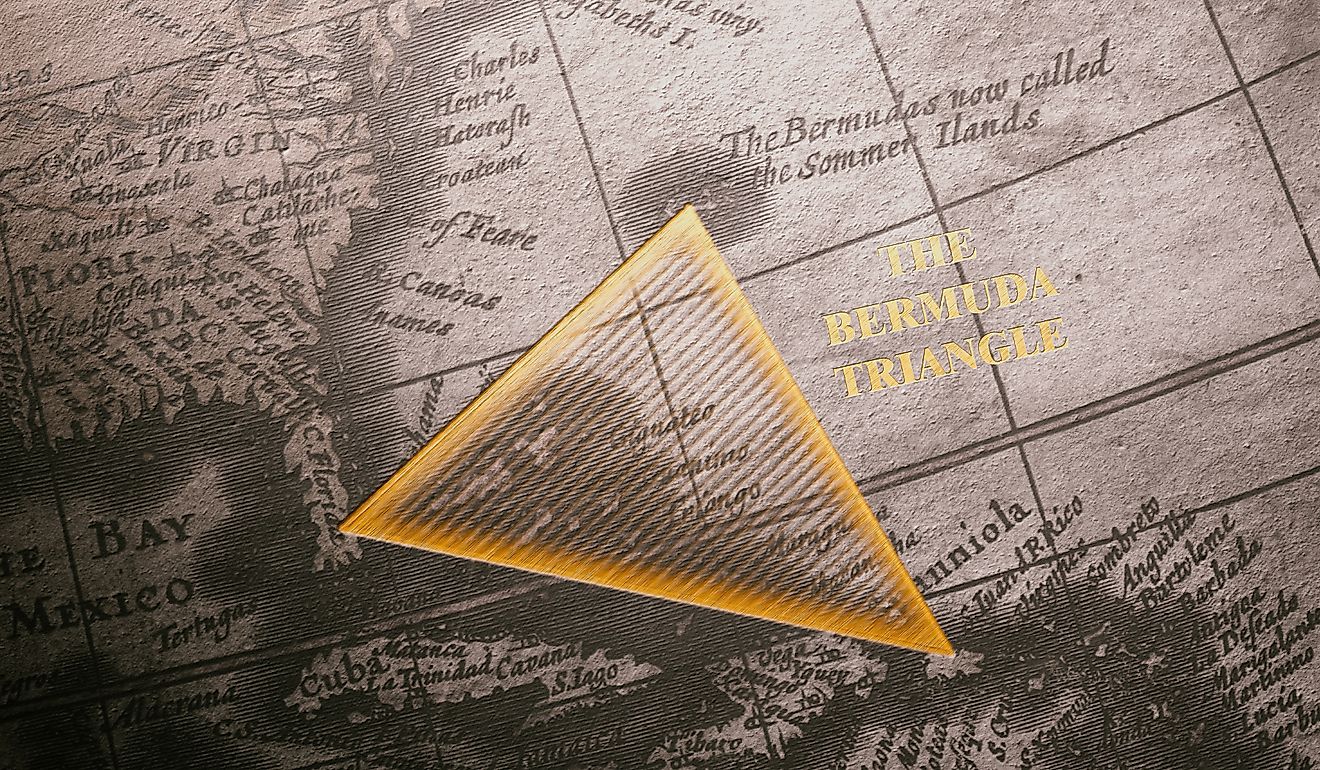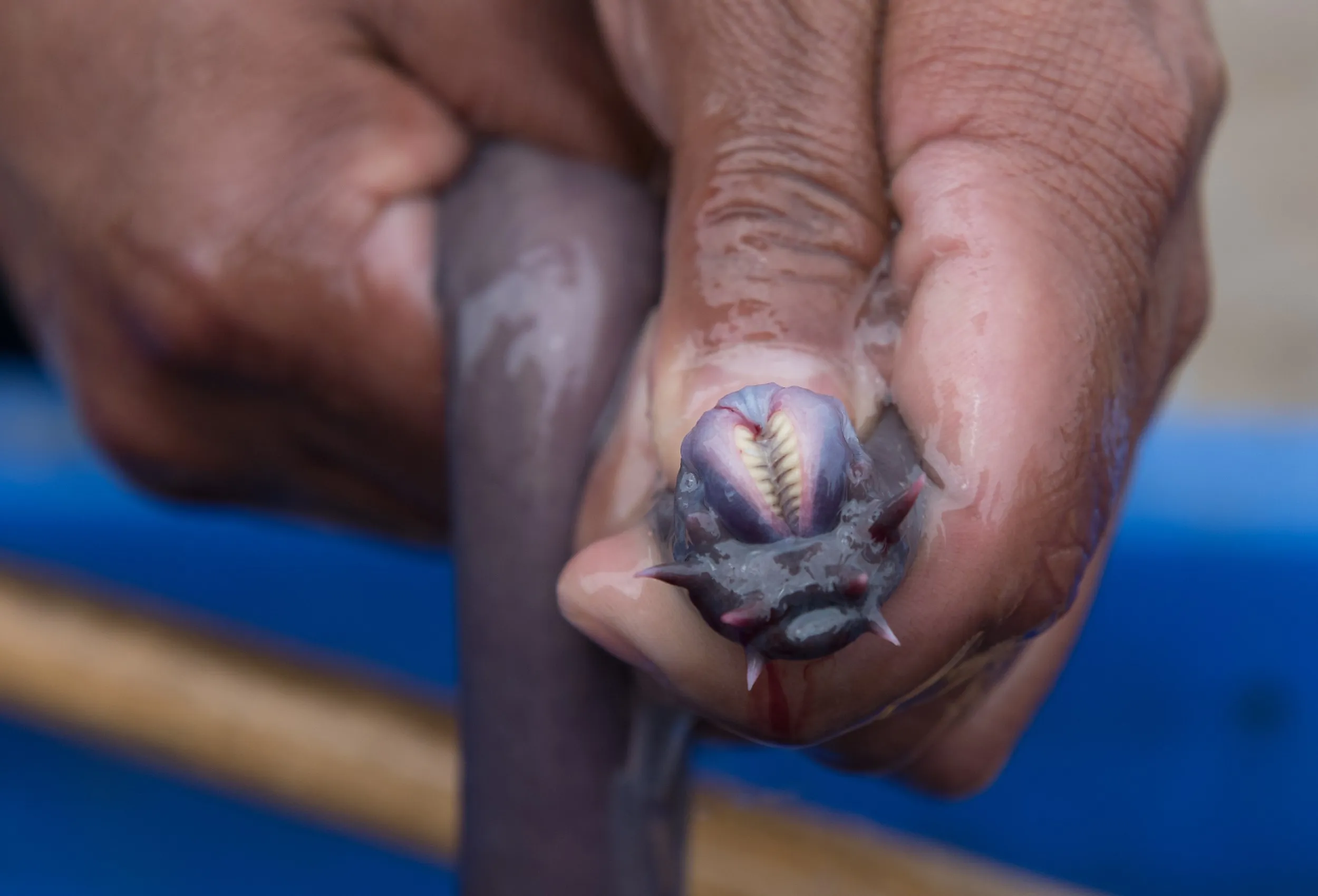
The Hagfish's 20-Liter Escape Cloud
Deep in the bottom of the world’s oceans dwells a nightmarish creature that has been slithering over the sea floor for around 300 million years. In that time, the Hagfish, an eel-like carrion eater that disposes of dead fish by churning up tissue in its cavernous mouth, ringed with rows of sharp teeth, has remained largely unchanged. And that is not even the most gruesome thing about the Hagfish. This fascinating marine monster also produces dense clouds of thick goo to deter predators, earning it the nickname "the world’s slimiest creature."
Slime Eels
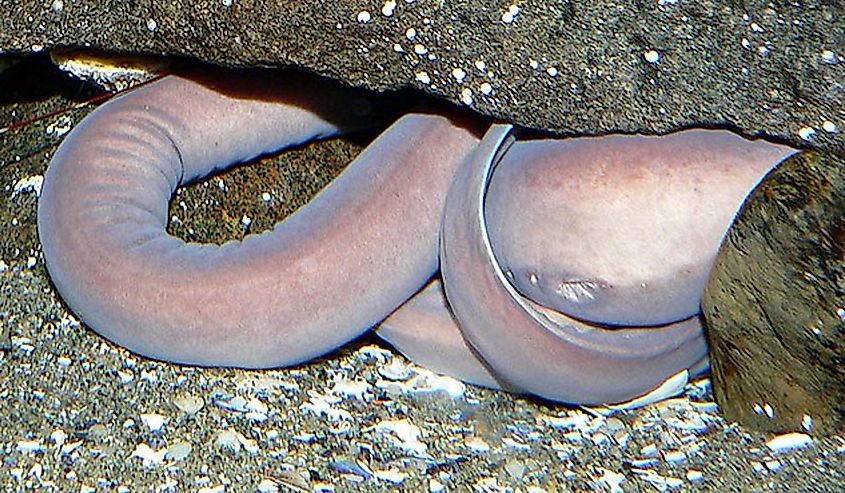
There are over 70 species of Hagfish, many known by its other name—the slime eel. With their long, soft, serpentine bodies, they may look like eels, but Hagfish are technically jawless fish. They can grow up to 40 inches long and have a skull but no spine.
Hagfish live in cold saltwater habitats and have been found at depths of 4,260ft. Living down in the dark, they are blind but can navigate via their highly tuned sense of smell. They also have barbells around their mouth that they use in much the same way a cat uses its whiskers, to feel for any nearby objects.
While they are known primarily as scavengers that clean dead and rotting marine life from the bottom of the sea, Hagfish also snack on living fish, crustaceans, and worms. They latch onto their prey, burying deep into the creature and devouring it from the inside out. It’s not unusual for deep-sea fishermen to pull up their catch, only to find a Hagfish buried in the fish’s flesh.
Suffocating Slime
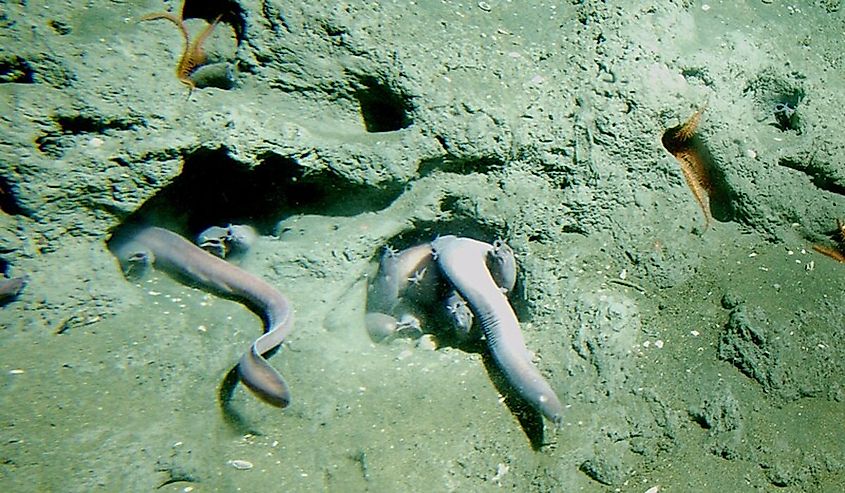
Hagfish have quite a few predators in the deep, providing a tasty morsel for sharks and marine mammals. But they have one unpleasant trick up their slimy sleeve. When threatened or stressed, Hagfish produce large quantities of slime that can immobilize, trap, and even kill their predators.
The slime coats the hapless hunter and, in the case of fish, clogs their gills so they can’t breathe. Safe to scavenge another day, the Hagfish can flee while its predator is occupied with a massive cloud of sludge. This unusual defence is so effective that Hagfish can even get caught in their own slime and die.
To lessen the risk of getting trapped in their own slime, the Hagfish has developed a way to break free. It does this by showing off its flexibility. After deploying its slime bomb, the Hagfish wraps its tail around its body to tie itself in a loose knot. By sliding the knot up and down its body, the fish can scrape off its own slime and swim away unencumbered.
How the Hagfish Produces So Much Slime
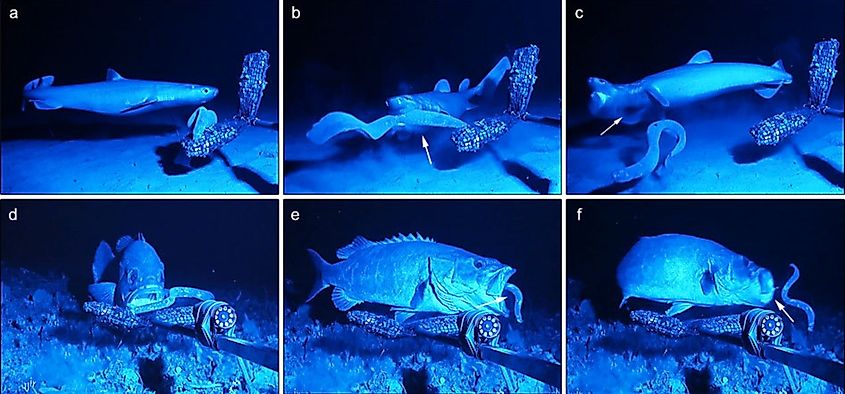
When deploying their defence, Hagfish can create around 20 litres of slime at once, but that raises a puzzling question: if the fish can produce a bucketful of slime at will, where is it storing all that goo?
Hagfish produce a viscous substance from their slime glands composed of mucins and threads. When the fish is threatened, it will release less than half a teaspoon of this substance through 90-200 slime pores along their body. As the mixture makes contact with the surrounding seawater, it expands to produce a jelly-like slime that’s 99.996% seawater, 0.0015% mucin, and 0.002% threads. This process is lightning fast, expanding the small amount of slime the fish produces by 10,000 in less than half a second.
Contrary to what you might think, the slime isn’t sticky or dense. It is a thin, slippery gel that can be stretched like elastic. It is also surprisingly soft, said to be 100,000 times softer than Jell-O. Unlike Jell-O, the slime is incredibly strong. The protein threads hold it together like an iron-clad mesh. In one study from Chapman University in California, researchers found that the Hagfish’s slime has up to 1,000 times the clogging power of everyday thickeners such as xanthan gum and psyllium husk.
Harnessing the Hagfish’s Powers
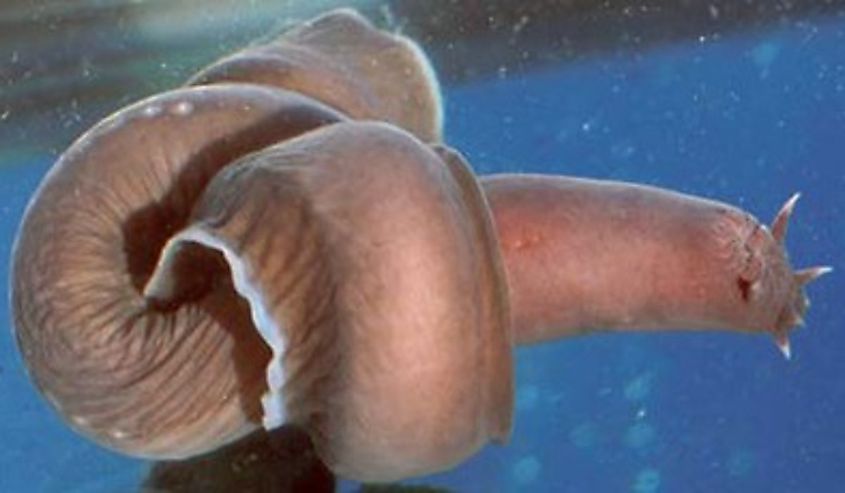
The Hagfish’s slime is its superpower. Eager to exploit this highly effective natural defence, scientists are looking at what they can learn from the fish. The unusual composition of the slime itself — its strength, viscosity, and durability — has potential for use in bandages, clothing, and even military applications. In 2018, the US Navy began experimenting with synthetic slime inspired by the Hagfish, using it to stop enemy boats by clogging their propellers.
There is also significant medical innovation underway also. The slime is being used to develop hydrogels for biomedical purposes, exploring the application of the super-strong coating to protect wounds, make contact lenses, and treat tooth decay.
You may even find yourself wearing Hagfish slime one day. The substance has been called "the clothing of the future" by researchers hoping to use its proteins to make threads that can then be woven into fabrics. If successful, the threads could replace durable textiles like Lycra, nylon, and spandex, which are currently derived from petroleum products.
The Mysterious and Marvellous Hagfish
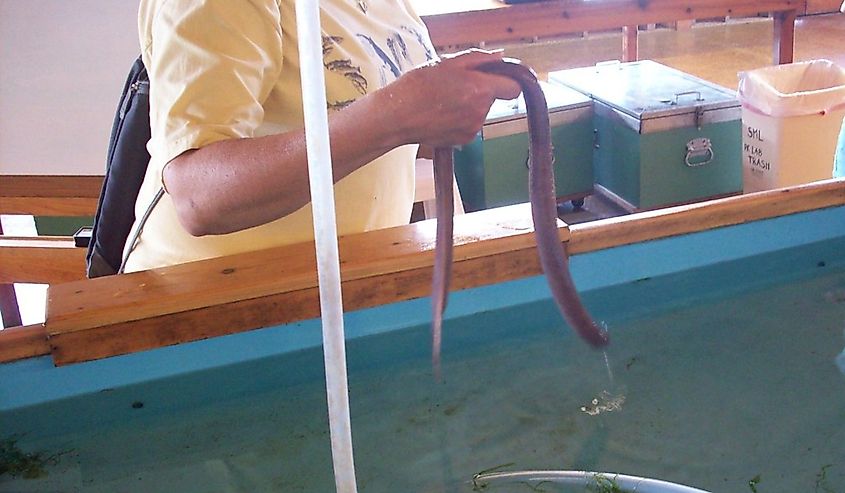
It may have one of the most unusual defence strategies in nature, but the Hagfish is still under threat. According to the IUCN Red List of Threatened Species 20% of Hagfish species are at an elevated risk of extinction. In southern Australia, Brazil, Japan, and Taiwan, Hagfish populations are declining due to overfishing and lack of conservation measures.
Another factor is the many misconceptions and mysteries about this so-called monster of the deep. There is a lot of science that is still unknown about the Hagfish. How it reproduces, how long they live, and how they have survived various extinction events over millions of years. One thing scientists do know about this elusive creature is that it is one of the most fascinating animals on the planet.

